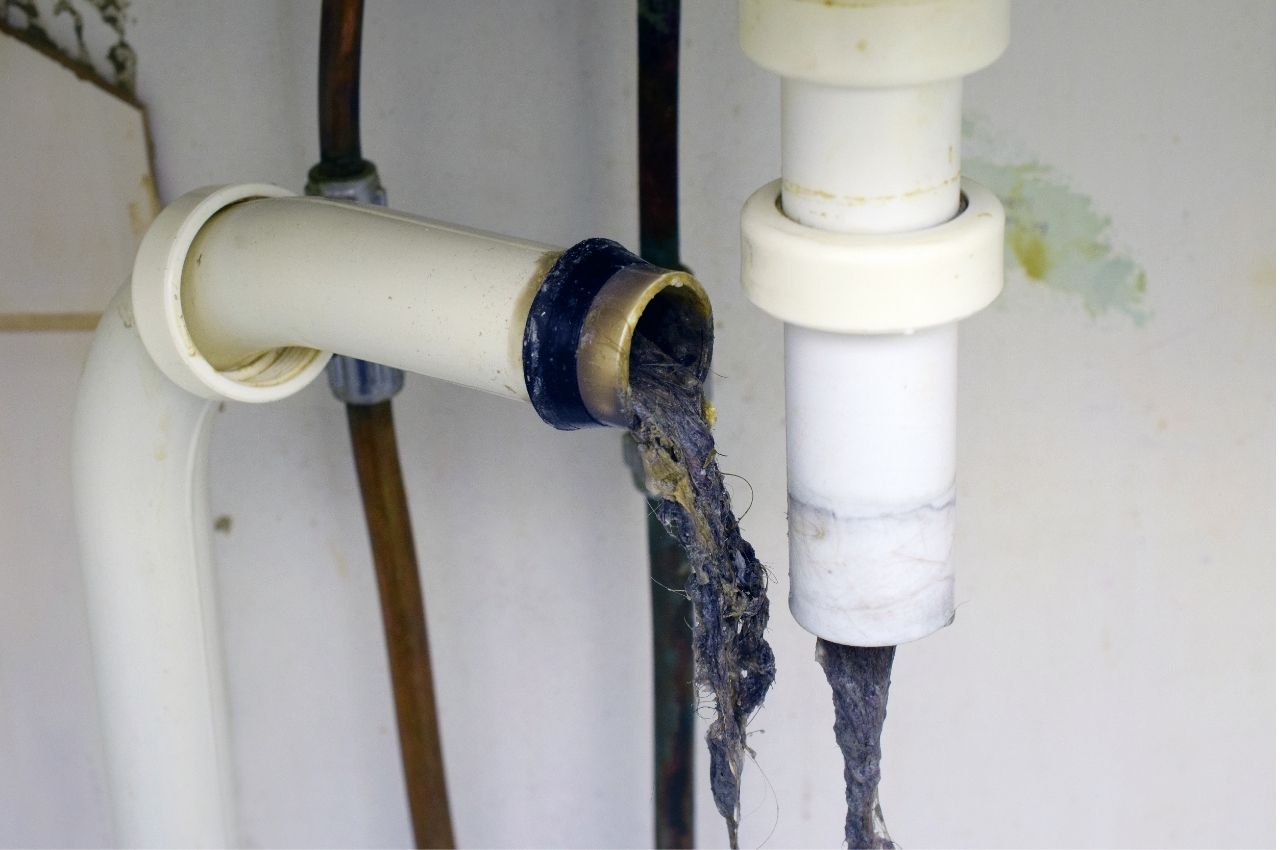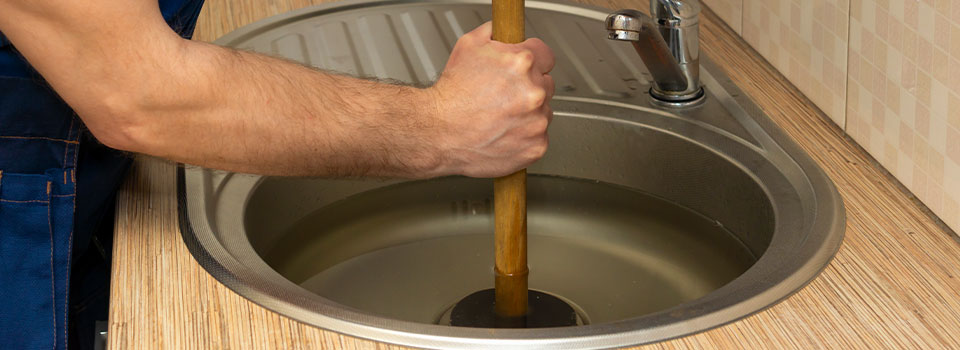Unveiling 5 Proven Kitchen Sink Unclogging Strategies
Unveiling 5 Proven Kitchen Sink Unclogging Strategies
Blog Article
The content in the next paragraphs in relation to Repairing Common Household Plumbing Issues is absolutely insightful. Don't skip it.

In this post, we will be considering 5 simple actions you could take to release your cooking area sink from obstructions and conserve you from the pain as well as embarrassment of handling a blocked kitchen area sink.
Obstructed cooking area sinks are just one of one of the most typical drain issues property owners face. And also what's even more, it's a extremely uncomfortable and also undesirable view. Think of going to the sink to do your recipes and figuring out that the drain is clogged as well as water can not move down quickly.
Most stopped up drainages are triggered by food particles, soap, fat, and oil bits. They block the sink as well as make it hard for water to go down the drainpipe promptly. While it is appealing to put a call through to the plumbers, there are a couple of DIY hacks you might try initially prior to making that call.
1. Sodium Bicarbonate and also Vinegar
Instead of using any kind of form of chemicals or bleach, this approach is much safer and not dangerous to you or your sink. Baking soda and also vinegar are everyday residence things used for many other things, and they can do the trick to your kitchen sink.
Firstly, get rid of any kind of water that is left in the sink with a mug.
Then put a great amount of cooking soda away.
Pour in one cup of vinegar.
Seal the water drainage opening and also enable it to go for some minutes.
Pour warm water down the tubes to melt away various other stubborn deposit and bits.
Following this simple technique could work, and also you can have your kitchen area sink back. Repeat the procedure as much as you consider essential to rid the sink of this debris entirely.
2. Try a Plunger
If the issue is not from the waste disposal unit, you can attempt using a plunger. Bettors are basic residence devices for this event, and they can come in convenient if you utilize them correctly. A flat-bottomed plunger is most ideal for this, however you can make do with what you have is a commode plunger.
Follow the list below easy actions to utilize the plunger properly:
Secure the drain with a dustcloth as well as load the sink with some warm water
Place the plunger in position over the drain as well as start diving
Check to see if the water runs freely after a few plunges
Repeat the procedure until the water drainage is cost-free
3. Perhaps it's the Garbage Disposal
In several cases, the obstruction might be due to an obstruction in the disposal. Usage pliers instead.
If this does not work, you can check out the complying with alternative to unblock your cooking area sink.
4. Use a Hanger
Using a cable towel hanger or a plumber's snake if you have one can do the method. All you need do is straighten out the hanger to go down the drain while you very carefully select out the fragments causing the obstruction.
Run hot water down the tubes hereafter to see just how effective you were.
5. Use Boiling Water
When faced with a blocked sink, the first thing you ought to try is to pour boiling water down the drain. That is about the most straightforward remedy to clogged sinks and water drainages. Boiling water aids reduce the effects of the fragments and also particles causing the clog, specifically if it's oil, oil, or soap bits, and in many cases, it can flush it all down, and also your sink will be back to normal.
Due to the fact that hot water could thaw the lines as well as cause even more damages, do not try this technique if you have plastic pipelines (PVC). If you utilize plastic pipelines, you may intend to stay with making use of a plunger to get particles out.
Utilizing this approach, activate the faucet to see how water streams after putting warm water away. Try the process once more if the clog lingers. Nonetheless, the clog could be more relentless in many cases and also call for greater than just boiling water.
Final Words
Trying these couple of techniques could conserve you the costs of having a plumber check it. Yet in a lot of cases, a plumber is what we require. In cases where you find it difficult to unclog the sink also after trying all these approaches, it may be time to leave it to the specialists.
Contact specialist plumbing companies to repair your drainage issues and also other various household plumbing requirements.
Obstructed kitchen sinks are one of the most typical water drainage issues home owners face. Picture going to the sink to do your meals as well as finding out that the drainpipe is clogged and also water can not flow down conveniently.
They block the sink and make it hard for water to go down the drain quickly. When encountered with a clogged sink, the very first thing you must attempt is to pour boiling water down the drain. Boiling water aids reduce the effects of the particles and also debris causing the clog, especially if it's oil, grease, or soap fragments, as well as in many instances, it can flush it all down, and also your sink will be back to regular.
How to Unclog a Kitchen Sink
Take the Plunge
Start your efforts by plunging. Use a plunger with a large rubber bell and a sturdy handle. Before getting to work on the drain, clamp the drain line to the dishwasher. If you don t close the line, plunging could force dirty water into the dishwasher.
Fill the sink with several inches of water. This ensures a good seal over the drain.
If you have a double sink, plug the other drain with a wet rag or strainer.
Insert the plunger at an angle, making sure water, not air, fills the bell.
Plunge forcefully several times. Pop off the plunger.
Repeat plunging and popping several times until the water drains.Clean the Trap
The P-trap is the curved pipe under the sink. The trap arm is the straight pipe that attaches to the P-trap and runs to the drain stub-out on the wall. Grease and debris can block this section of pipe. Here s how to unclog a kitchen sink by cleaning out the trap:
Remove as much standing water from the sink as possible.
Place a bucket under the pipe to catch the water as it drains.
Unscrew the slip nuts at both ends of the P-trap. Use slip-joint pliers and work carefully to avoid damaging the pipes or fasteners.
If you find a clog, remove it. Reassemble the trap.
If the P-trap isn t clogged, remove the trap arm and look for clogs there. Run the tip of a screwdriver into the drain stub-out to fetch nearby gunk.Spin the Auger
With the trap disassembled, you re ready to crank the auger down the drain line.
Pull a 12-inch length of cable from the auger and tighten the setscrew.
Insert the auger into the drain line, easing it into the pipe.
Feed the cable into the line until you feel an obstruction. Pull out more cable if you need to.
If you come to a clog, crank and push the cable until you feel it break through. The cable will lose tension when this happens.
Crank counterclockwise to pull out the cable, catching the grime and debris with a rag as the cable retracts.

I stumbled upon that page about Repairing Common Household Plumbing Issues when surfing around the search engines. Liked our entry? Please share it. Help other people find it. We appreciate reading our article about DIY Plumbing Fixes.
Guaranteed fix? Call. Report this page